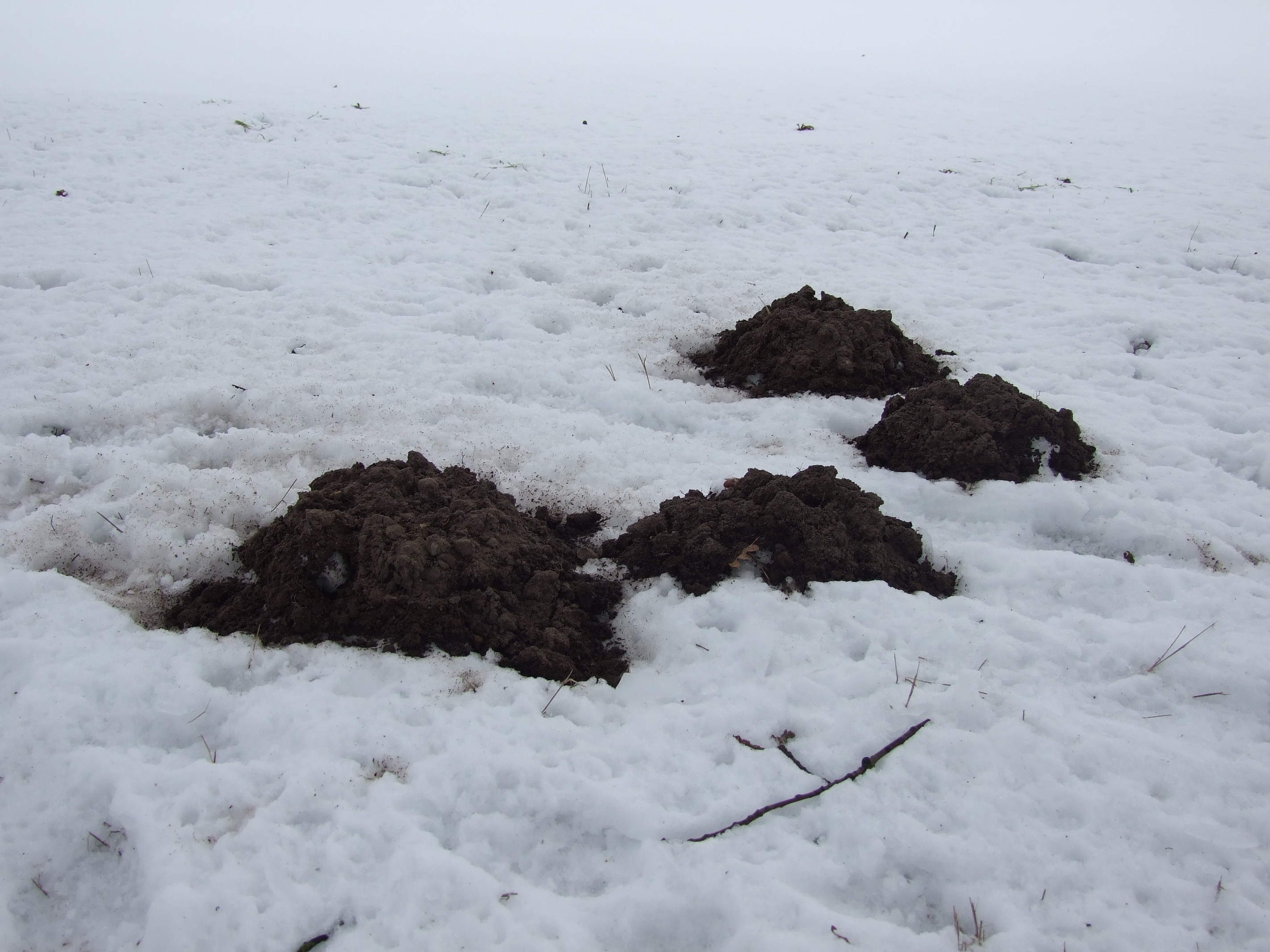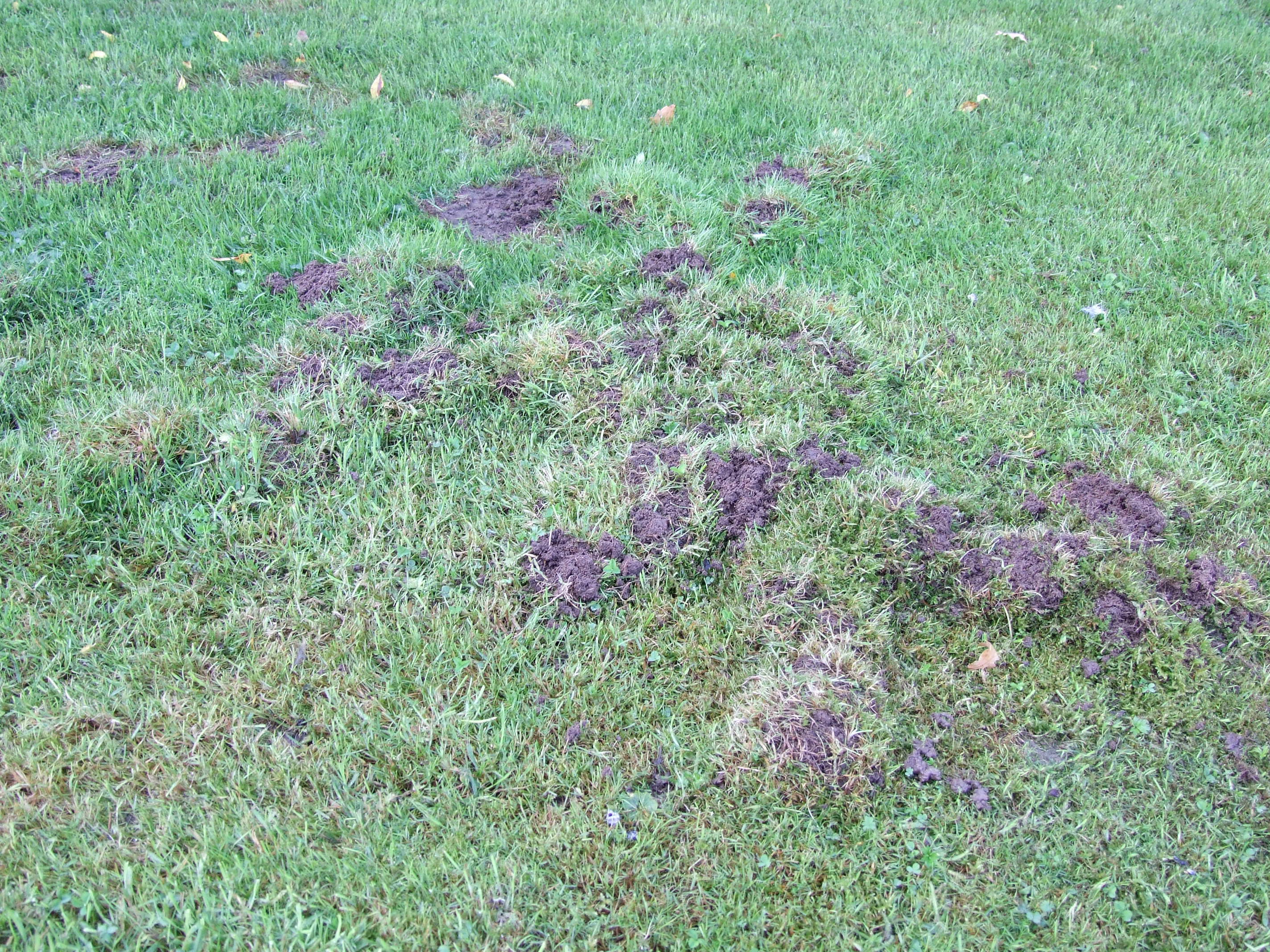Do I really need to remove the mole?
Be patient and wait
SEASONAL IMPACT Understanding why you may have a molehill
Spring
The moles need to breed occurs just once a year and it will begin with the warming of the soil. Now depending where you are living this can happen at different times. In the South, it begins as early as late February, early March but can be later in the North. The warmth encourages new growth and the soil begins to give as the life emerges from the colder months. The increase in food informs the moles of their need to breed and they go through a chemical change. The male moles will fill with testosterone and the female mole will come into season, as they are required to ensure the survival of their species. This change will require the male moles to leave their sanctuary of their own territories to seek available females. This will result in sudden rows of molehills across lawns, along road verges and over paddocks as they open old tunnels not used since the last call to arms. Should you experience a few odd spoils of soil, or a line of deposits –DO NOT PANIC just wait a couple of days and gently scoop up the moles waste and use to top dress borders and veg plots, it is great soil. I say gently scoop, as those that choose to stamp and stomp a dance of dexterity in a bid to return the lawn to its former glory will possibly be granted further damage. As those males still embarking on a journey along the tunnels of love are required to again clear out and return soil to the surface as they make their way. Leaving them alone and gentle removing will allow moles to travel along unknowingly to you and with no further damage caused.
Advice
Rapid response to placing a device in this situation will possibly result in the removal of a mole that meant you no harm. The damage was caused by the work of a previous mole long since gone, and this mole would have too, had you let it pass on its way, saving you your money and the mole- its life.
Breeding females
Now I am going to pose you a very difficult question
Should moles be controlled in the spring when the young are known to be born?
The reason is that moles are an altricial mammal; this means that the young are born blind and are dependent totally upon the female; they will not open their eyes for the first 22 days of their lives and if a female mole was to be targeted under the terms of pest control is this acceptable practice. The young are completely weaned at five to six weeks of age.
So springtime moles, a need for careful consideration in relation to whether to control or not
Summer
Autumn
Summer gone the moles look forward to the change in soil conditions, the soil is now warm and the moisture content has increased, the changes from dew and humidity is often immediately recognisable in the enhanced evidence of worm casts, providing welcomed sustenance after what may have been a long summer struggle. Moles do not only appreciate the presence of worms but also the gardeners, as the work of the worms is what feeds the world. Again, the presence of mole damage can be a short occurrence as they harvest the available vertebrates.
Winter
I do not have a molehill but a raised area or tunnel
Lorem ipsum dolor sit amet, consectetur adipiscing elit. Nullam porttitor augue a turpis porttitor maximus. Nulla luctus elementum felis, sit amet condimentum lectus rutrum eget.

